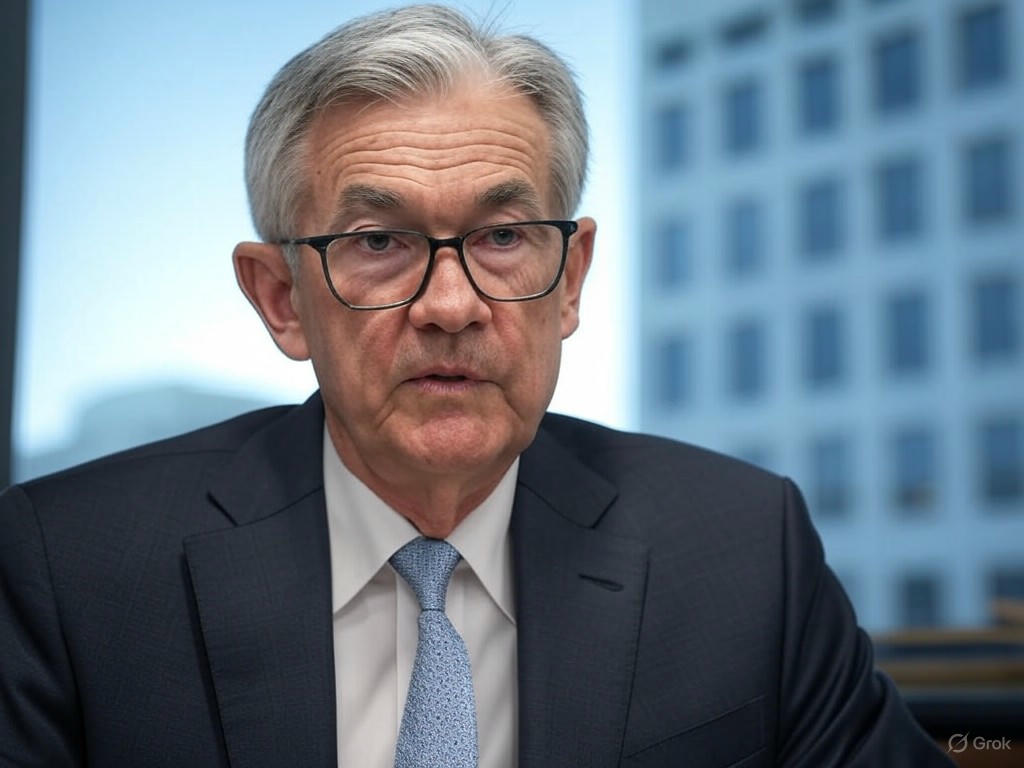Federal Reserve Shifts: Aligning with Trump on Interest Rate Cuts
In a surprising turn of events, a rift seems to be forming within the Federal Reserve as certain officials are now echoing President Donald Trump’s persistent demands for lower interest rates. This development, emerging just ahead of the anticipated July policy meeting, signals a potential shift in the central bank’s traditionally independent stance on monetary policy. Trump has long criticized the Fed for maintaining higher rates, arguing that they stifle economic growth and burden businesses with costly borrowing. Now, with some Fed members seemingly on board, the debate over interest rates is heating up.
The alignment of these officials with Trump’s perspective raises eyebrows, as the Federal Reserve has historically prided itself on operating free from political influence. For years, the central bank has set its policies based on economic data, inflation trends, and labor market conditions, often disregarding external pressures. However, the current economic landscape, marked by lingering inflation concerns and a cooling job market, might be prompting this unexpected convergence of views. Some Fed insiders are reportedly concerned that high interest rates could tip the economy into a slowdown, a fear that mirrors Trump’s public statements. Their willingness to consider rate cuts as early as July suggests a growing urgency to stimulate growth, even if it means aligning with a politically charged agenda.
This shift could have far-reaching implications for businesses and consumers alike. Lower interest rates typically reduce borrowing costs, potentially spurring investment and spending. Small businesses, often hit hardest by high rates, might find relief in cheaper loans, while larger corporations could accelerate expansion plans. For everyday Americans, a rate cut could mean more affordable mortgages or car loans, though it might also fuel inflation if not carefully managed. Economists are divided on whether this move would be a prudent response to current conditions or a risky capitulation to political pressure. Critics argue that the Fed risks undermining its credibility by appearing to bow to external demands, while supporters believe a rate adjustment is overdue given the economic headwinds.
As the July meeting approaches, all eyes will be on the Federal Reserve to see how this internal divide plays out. Will the central bank maintain its data-driven approach, or will the voices calling for immediate rate cuts—now amplified by alignment with Trump—prevail? The decision could set a precedent for how the Fed navigates future political and economic pressures. Beyond the immediate impact on markets, this moment underscores a broader question about the balance between independence and responsiveness in shaping monetary policy. For now, businesses, investors, and policymakers alike are bracing for what could be a pivotal shift in the Fed’s strategy, one that might redefine its role in a politically charged economic landscape. Whatever the outcome, this unexpected alliance between some Fed officials and the President marks a critical juncture in the ongoing saga of U.S. economic policy.


